X Bow Hull Design vs Conventional Hull Design
A bow is the forward most part of the ship’s hull which helps in reducing the resistance as the ship cuts through the waves. Bow designs have been modified several times in the past in order to improve ship’s efficiency and stability in sea water. The type of bow design used depends on the characteristics of the vessel, area of operation, and purpose of the ship.
X -bow is a unique bow design which was introduced by the Ulstein Group of Norway in 2006. Since then the design has received great positive reviews from around the world and is now used on several vessels.
So how is X-bow design different from a conventional hull design?
X Bow Hull Design vs Conventional Hull Design
X-bow is a “backward sloping bow” or an inverted ship bow design which is used for increasing the fuel efficiency and safety of the vessel at sea. As the name suggests, the inverted bow design has its farthest point at the extreme point of the vessel (towards the waterline) which gives a continuous sharp bow shape to the hull. The sharp design at the extreme front helps the vessel to cut through the waves and improve overall stability, especially in heavy waves.
In a conventional bow design, the farthest point of the bow is at the extreme front (topmost part) of the vessel and it then tapers down, pushing the start of the bow backwards at the waterline. As the shape of the conventional bow is less sharp, a certain amount of energy is used to push the ship forward and this considerably slows down the speed of the vessel.
According to comparative tests done by Ulstein, the X bow design with its sharp hull does not generate a spray as it cuts through the waves. As the ship parts the waves efficiently, the wave energy transfer is less and the loss in vessel speed is negligible. Moreover, as the X bow cuts through the waves instead of pitching over them, there is considerable less amount of green water on the ship’s deck as compared to the ships with conventional hulls. This also implies that there is almost negligible bow flare and slamming resulting from the same in the front part of the ship.
The X bow hull design ships provides smoother movement of the ship with less slamming, which also makes living and working environment on the vessel better and reduces the chances of cargo shifting. According to a study, X bow design reduces the movement of the ship by almost 20% even in the roughest seas. A ship with an X bow design can thus easily sail through heavy waves with better speed and less movement. Opinions taken from seafarers who have worked with X Bow reflect much better living and operating conditions. Some of the officer even mentioned that unlike in ships with conventional bows, speed in X bow ships didn’t require to be reduced when facing rough sea weather.
X bow design was first introduced to acquire higher speed with reduced slamming and vibration problems during adverse weather conditions. However, according to the makers, the X-bow design offers several other advantages over the conventionally designed bow. Bourbon Orca was the first ship launched by Ulstein with an X bow design in 2006.
Though mainly used for offshore support and supply vessels, the X bow design has seen a considerable increase in demand across various types of vessels and are now designed even for container and naval ships.
Further Reading for X-Bow Hull Design

About Author
Raunek Kantharia is a marine engineer turned maritime writer and entrepreneur. After a brief stint at the sea, he founded Marine Insight in 2010. Apart from managing Marine Insight, he also writes for a number of maritime magazines and websites.
Do you have info to share with us ? Suggest a correction
Latest Naval Arch Articles You Would Like:
Subscribe To Our Newsletters
By subscribing, you agree to our Privacy Policy and may receive occasional deal communications; you can unsubscribe anytime.
Web Stories



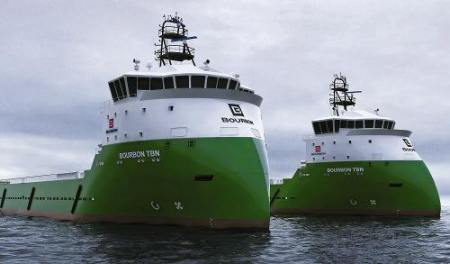
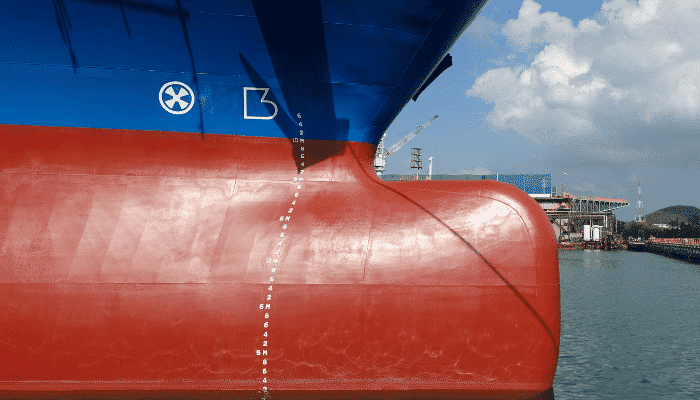
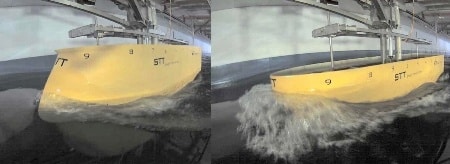






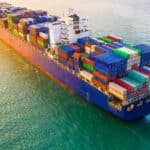
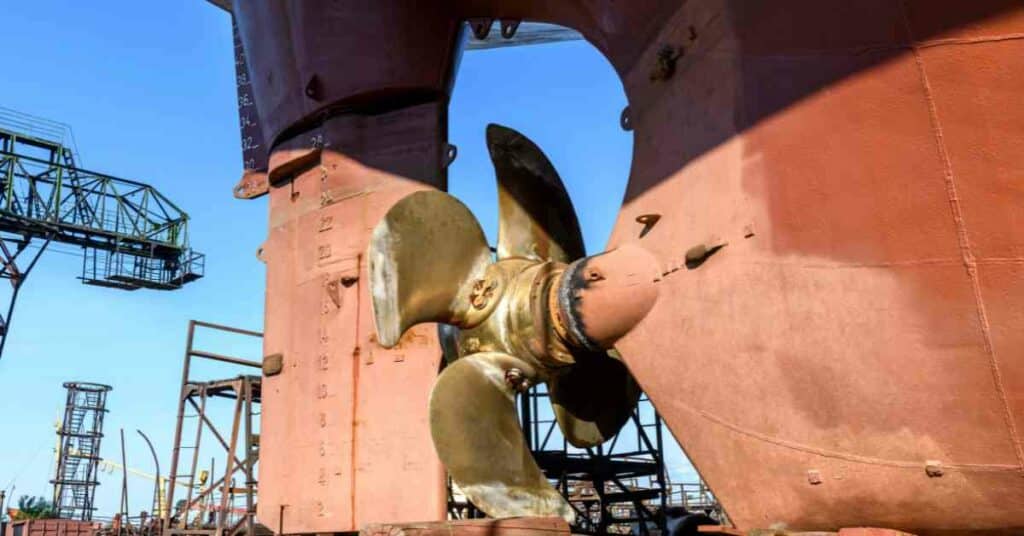
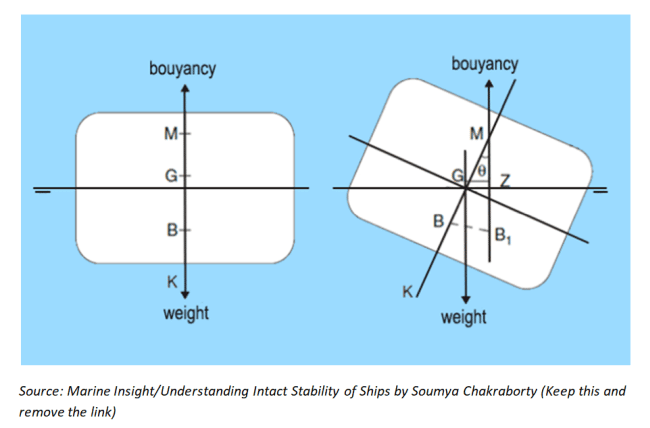
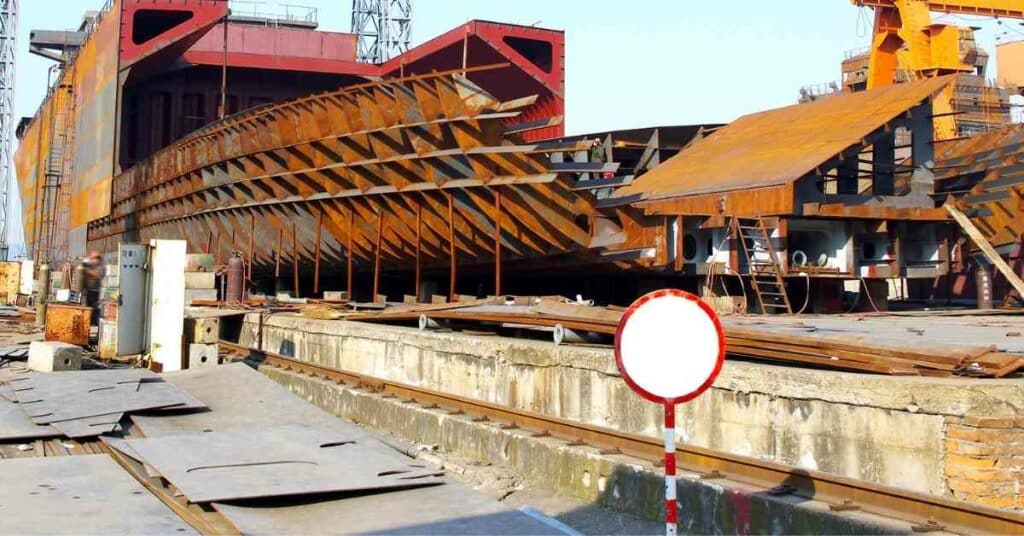
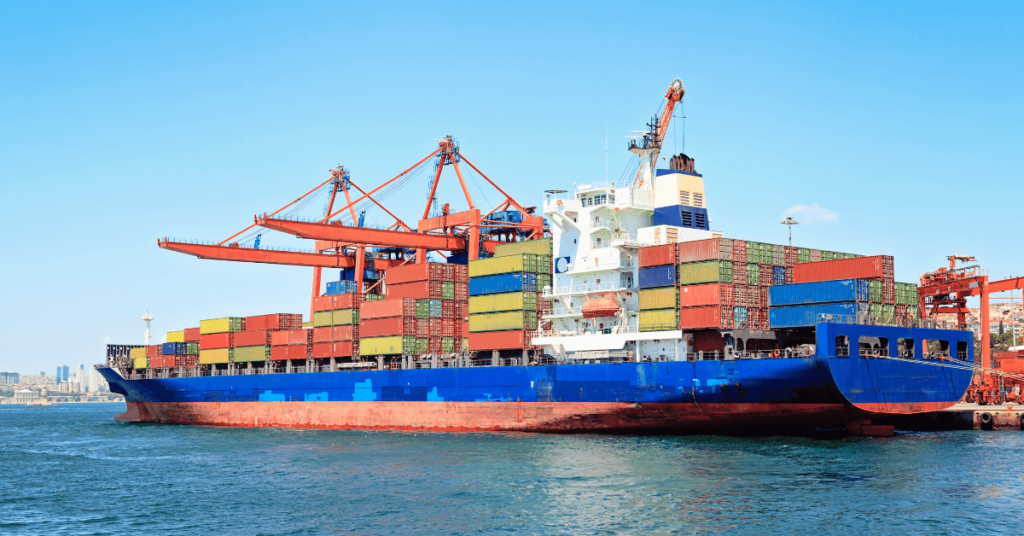
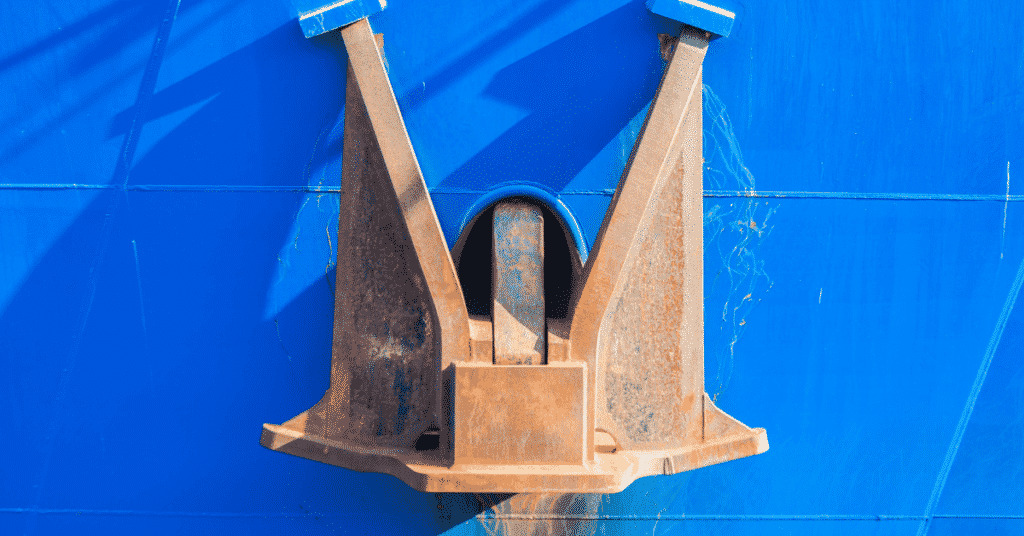
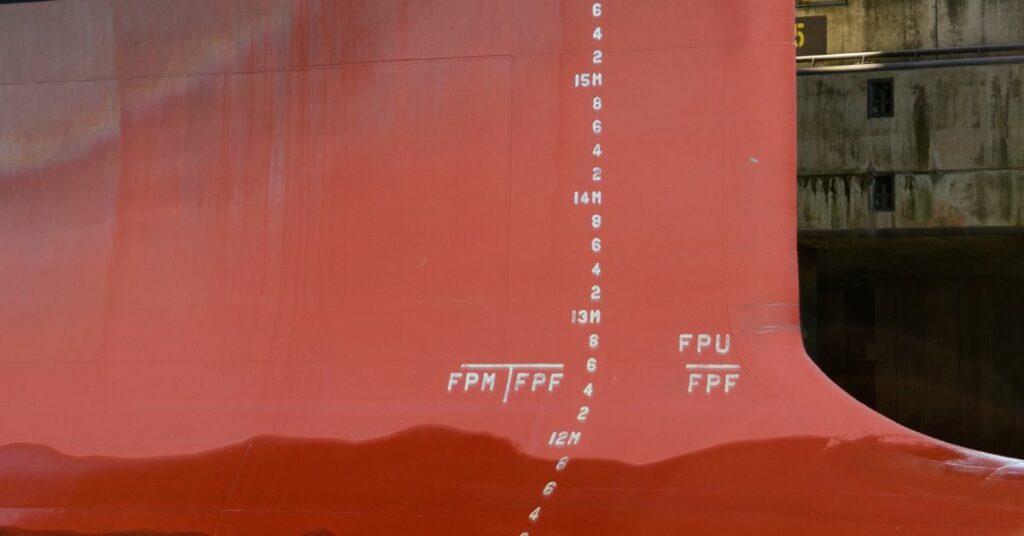




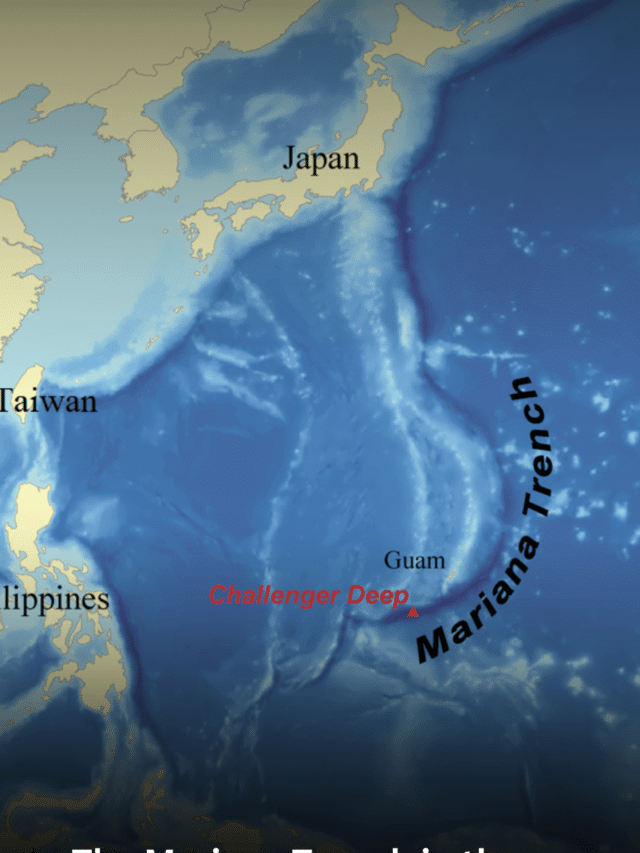
These bows get a lot of press that always concentrate on the positives. One of the negatives of these bows on supply vessels with forward bridges is visibility. The forward conning positions are place too far aft and limit visibility to dangerous levels when entering restricted width ports, rivers, locks and berths. Too many times designers and engineers exclude the very people who have to operate these vessels, Captains and deck officers, from the design and consultation.
These bows are great but they have serious limitations operationally. Ships have to enter ports and berth safely.
Perhaps a portable gangway, or a retractable, telescoping platform, right forward, could be deployed on approaching a roadstead or harbor, and retracted or stowed for safe running at sea.